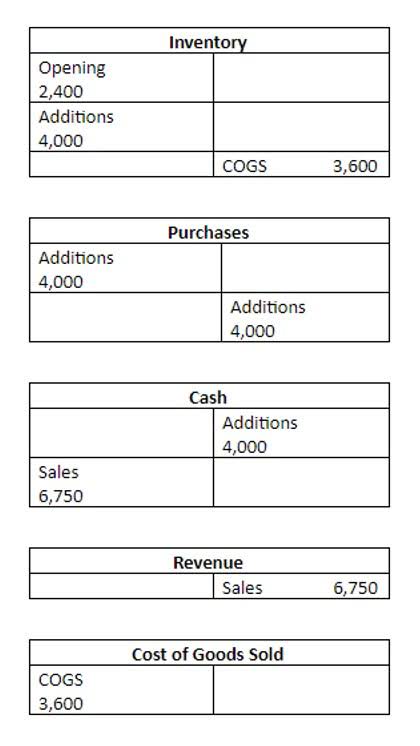

Marketable securities, such as stocks and bonds, are also considered liquid as they can be sold in the financial markets with relative ease. Accounts receivable, while not as liquid as cash or marketable securities, represent money owed to the company by its customers and are typically collected within a short period. The quick ratio measures a company’s ability to pay its short-term liabilities when they come due. It’s also called the acid test ratio, or the quick liquidity ratio, because it uses quick assets, or those that can be converted to cash within 90 days or less.
Accountants and other finance professionals often use this ratio to measure a company’s financial health simply and quickly. This discrepancy can lead to interesting insights in financial analysis. A company could show a strong current ratio, suggesting sound liquidity. However, a closer examination via the quick ratio could tell a different story, revealing potential weaknesses in liquidity once the less liquid inventory is excluded.
Consider a company with $1 million of current assets, 85% of which is tied up in inventory. By excluding inventory, and other less liquid assets, the quick ratio focuses on the company’s more liquid assets. The quick ratio measures the liquidity of a company by measuring how well its current assets could cover its current liabilities. Current assets on a company’s balance sheet represent the value of all assets that can reasonably be converted into cash within one year. The quick ratio typically excludes prepaid expenses and inventory from liquid assets.

In general, the current ratio provides higher value due to the inclusion of inventory. If the quick ratio is less than the current ratio, it indicates a large proportion of current assets in inventory. Both the current ratio and quick ratio have their merits; the choice depends on the context. Conversely, the quick ratio offers a more conservative measure focusing on immediate liquidity quick ratio is another commonly used term for the needs. In Year 1, the quick ratio can be calculated by dividing the sum of the liquid assets ($20m Cash + $15m Marketable Securities + $25m A/R) by the current liabilities ($150m Total Current Liabilities). The current ratio will usually be easier to calculate because both the current assets and current liabilities amounts are typically broken out on external financial statements.
In this article, we’ll break down the intricacies of the quick ratio to help you understand the short-term financial health of a company — and whether or not it’s the right company for you to invest in. This is where your accountant or bookkeeper can be a very helpful sounding board. These financial professionals know your business almost as well as you do, and they will be able to provide clarity about what your quick ratio number—and other metrics in your business—are telling you. There are a number of reasons why a financially healthy company could have a quick ratio of less than one. Depending on the date of the analysis and how it compares to your company’s cash conversion cycle, you could have a quick ratio of less than one on Monday and by Friday have a quick ratio of two or higher. And by using these financial statements, you can gain fast insights into your business’s health and performance.

If a company has a current ratio of more than one, it is considered less of a risk because it could liquidate its current assets more easily to pay down short-term liabilities. A company can’t exist without cash flow and the ability to pay its bills as they come due. By measuring its quick ratio, a company can better understand what resources it has in the very short term in case it needs to liquidate current assets. This is because the formula’s numerator (the most liquid current assets) will be higher than the formula’s denominator (the company’s current liabilities).
That means that Jim has 1.5 times as many quick assets as current liabilities. In other words, Jim could pay off all of his current liabilities with only 66% of his quick assets. This is a high quick ratio and shows that Jim has a liquid business with fair cash flow. The quick ratio is the barometer of a company’s capability and inability to pay its current obligations. Investors, suppliers, and lenders are more interested to know if a business has more than enough cash to pay its short-term liabilities rather than when it does not.
In the fast-paced world of finance, understanding the Quick Ratio is vital for investors and businesses. Often referred to as the ‘Acid-Test Ratio,’ this metric offers insights into a company’s ability to meet short-term obligations. Whether you’re https://www.bookstime.com/ a seasoned investor or a budding entrepreneur, the Quick Ratio is a crucial tool in your financial arsenal. SaaS companies don’t use the same formula to calculate quick ratios because their revenue model doesn’t follow the conventional model.